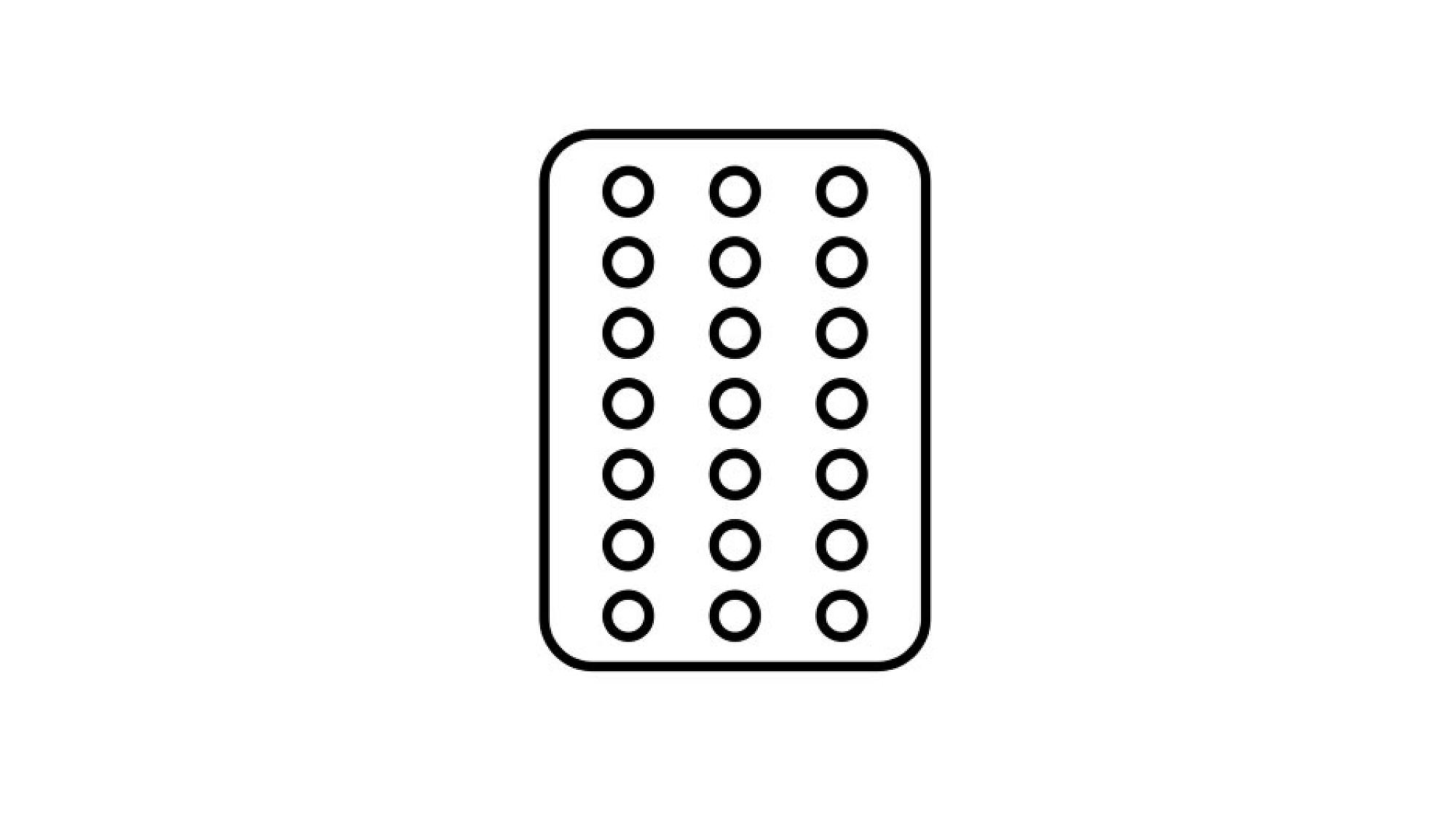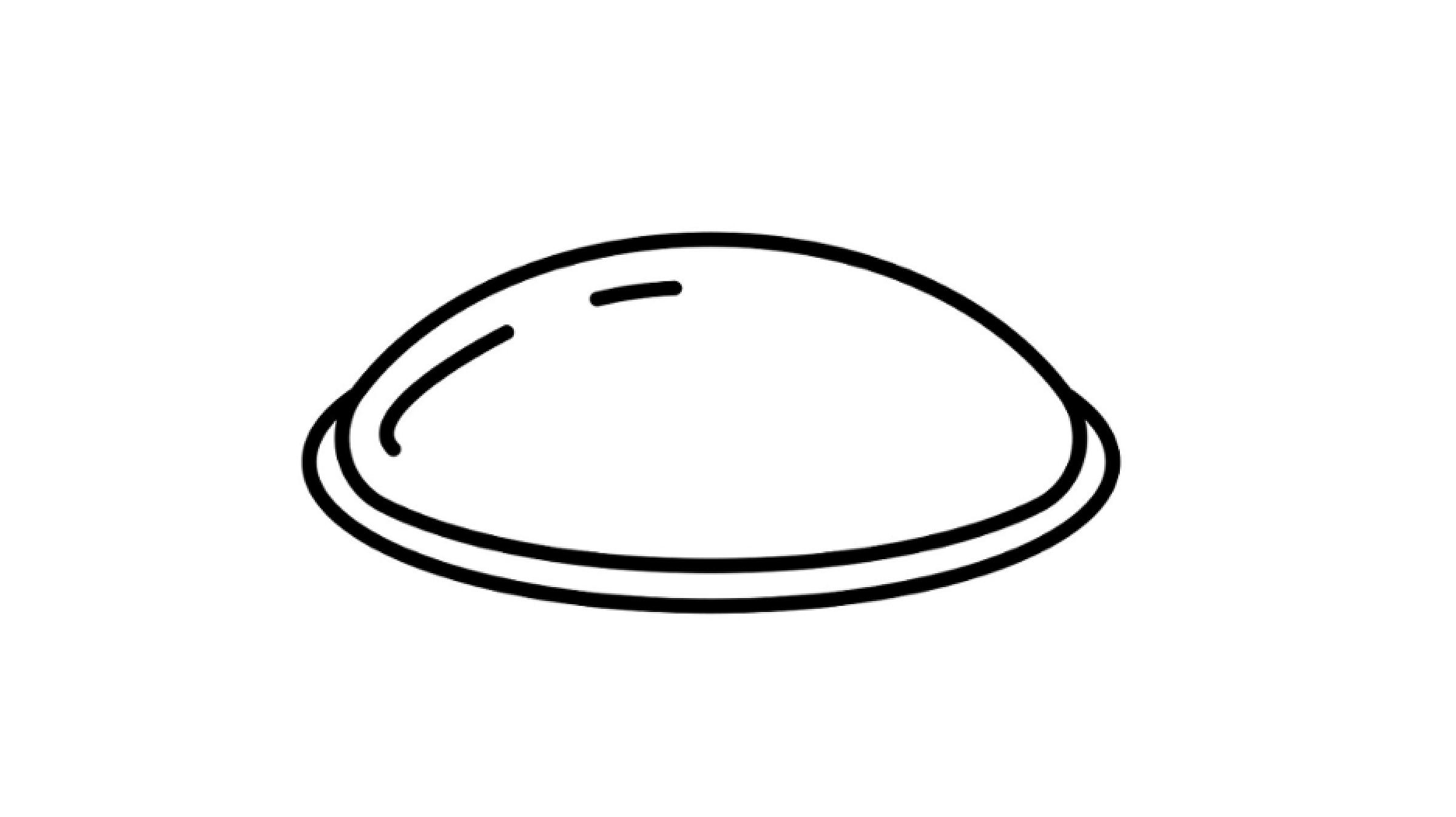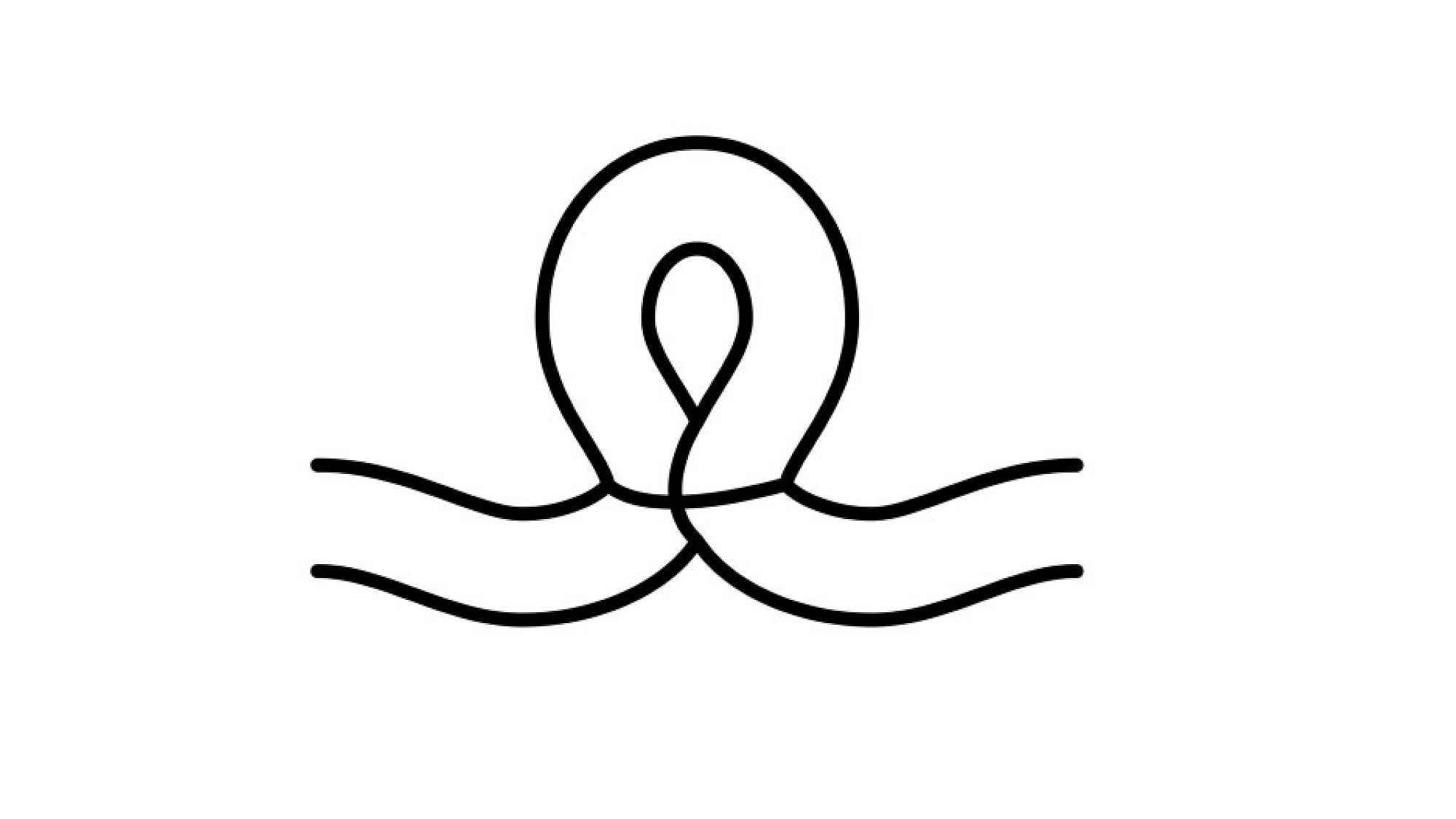What Is Birth Control?
People use birth control (contraception) to prevent pregnancy and manage other conditions that may be related to their cycles (e.g. acne, heavy period bleeding). Deciding which method to use is a personal decision, and it’s common for individuals to use different methods throughout the course of their lives.
At University of Utah Health, our family medicine, primary care, and OB/GYN providers can help you find a safe and effective birth control method that’s right for you. They will make sure you have access to the birth control method you choose, and can get you started or help you switch or stop your method as soon as you are ready.
Family planning specialists at U of U Health help women with medical complexities navigate their birth control methods, paying special attention to how each method may interact with the patient’s individual health needs.
Talking to Your Provider about Birth Control
Providers at U of U Health welcome the opportunity to have an in-depth conversations with each patient about her birth control options. This includes talking about each method’s effectiveness and possible side effects, which vary depending on the birth control method you are considering.
During this conversation, the provider may ask:
- How important is preventing pregnancy at this time of your life?
- Do you want to become pregnant in the future?
- What type of birth control have you taken before, and what did you experience?
- How important is convenience and ease of use?
- What are your feelings about using a hormonal form of birth control, such as birth control pills?
- Do you need a birth control method that also protects you against sexually transmitted diseases?
- What financial considerations do you have?
- Do you need to consider input from other people in your life, such as your family and friends? Does your faith influence what type of birth control method you want to use?
- Do you have any health concerns that could affect your decision? (Some health conditions can make certain contraceptives safer and more effective.)
- If you get pregnant while using birth control, how will this impact you? Is abortion an option for you?
- What other concerns and questions do you have?
Find a Doctor
Starting Birth Control
Your provider’s job is to help you find the method that is best for you; we will support whatever decision you make. Once you decide which birth control method to use, most methods can be started right away. Rarely, your provider may suggest delaying depending on where you are in your menstrual cycle. You may need a method that provides emergency contraception (like “Plan B” or “Ella”) if you have had recent unprotected intercourse.
Remember, the birth control method you choose is not a lifelong commitment (unless you choose a permanent method, like a tubal ligation surgery or vasectomy). U of U Health providers are here to help you find the method that works best for you now. If you have questions or concerns or want to try a different form of contraception, you can just let your provider know.
Types of Birth Control Methods
You can think about birth control in four major categories:
- Available with a prescription (some contain hormones and others are hormone-free)
- Available without a prescription (hormone-free)
- Available without a prescription, but requiring an in-office procedure
- Surgical methods (permanent)
All of these birth control methods are effective when used as directed, but some are more effective than others. Your provider can help you decide which option is best for you.
Birth Control Methods Available with a Prescription

The Pill (Oral Contraceptives)
Most forms of the pill work by releasing one or two types of hormones that keep your ovaries from releasing eggs. You take one pill around the same time every day. Oral contraceptives generally cause breakthrough/irregular bleeding, especially in the first three months of use. Some oral contraceptives cause side effects such as nausea, mood changes, breast changes, or headaches. You might need a few months of trial and error to find the one that works best for you.
Some people talk to their providers about the "continuous use" method of taking oral contraceptives. This means using the active pills in each pack (the first 21 pills) and then immediately starting the next pack. Women who do this are essentially skipping the seven placebo pills ("sugar pills") at the end of each pack to avoid or minimize period bleeding. About half of the women who do this have no period bleeding. The others experience a lot less bleeding than normal.

Injection (Depo-Provera®)
The injection contains progestin, a hormone that prevents the ovaries from releasing eggs. It goes in the buttocks or arm and protects against pregnancy for three to four months. You will need to get the injection at your provider's office every three months. Many women stop getting their periods while using this form of birth control, but irregular bleeding can occur.

Hormonal vaginal contraceptive ring
This ring goes inside your vagina, near your cervix (opening of the uterus). It releases hormones to prevent pregnancy. You wear it for three weeks and then remove it, allowing menstruation to occur. Then you insert a new ring. Some individuals use the rings back-to-back (without a break) to avoid periods.

Diaphragm
The diaphragm is made from silicone and is shallow, flat, and a few inches across. Before sex, you insert the diaphragm through the vagina to cover your cervix. It needs to stay in for a few hours afterward, and is most effective if used with spermicide.

Cervical cap
The cervical cap is about an inch high and an inch-and-a-half wide. It is made of silicone rubber and looks like a round hat. Your provider may need to do an exam of the cervix to find the right size for you. Before sex, you insert the cap through the vagina to cover the cervix, and leave it in for several hours afterward. It is most effective if used with spermicide.

Patch
The patch sticks on your skin (on your buttocks, stomach, upper arm, or upper torso) and releases hormones that prevent your ovaries from releasing eggs. It's rectangular, about two inches across, and looks like a bandage. You wear the patch once a week for three weeks, then discard it. After a week of not wearing the patch, you put on another one. Some people use these patches back-to-back to avoid periods.

Emergency contraception
Emergency contraception can be used within five days of unprotected sex.
- Ulipristal acetate (Ella) is a pill that temporarily prevents your body from releasing eggs. If taken within 5 days of unprotected sex, only about 1 person out of 100 will have a pregnancy. Over the counter options such as oral levonorgestrel (Plan B) are slightly less effective, especially for heavier people.
- A copper IUD can provide emergency contraception by preventing the sperm from getting to the egg. It's almost 100% effective if placed in time. An IUD requires an office visit, where the doctor can insert it. The hormonal IUD also works for emergency contraception.
Birth Control Methods Available without a Prescription

Spermicide
Spermicide foams and creams kill sperm. You can use these alone, but they are more effective when used with other birth control methods (such as the condom or diaphragm).

Sponge
This small, donut-shaped device goes into the vagina before sex. Before inserting it, you have to coat it with spermicide. Used this way, the sponge method kills sperm cells and acts as a barrier to the cervix.

Male condom (or external condom)
The condom, made from latex or natural materials, is rolled over an erect penis before sexual activity begins (latex may provide some protection from sexually transmitted infections).

Female condom (or internal condom)
This pouch, made from latex or natural materials, goes inside the vagina before sex (latex condoms may provide some protection from sexually transmitted infections).

Fertility-awareness based methods
Fertility-awareness based methods involve tracking your menstrual cycle to determine the days you can get pregnant, then timing sex to avoid fertile days or using another method, such as condoms, during the fertile days. Also known as natural family planning or the rhythm method, this method works best if you have regular cycles. Phone apps can help you track cycles and prevent pregnancy.

Withdrawal
This method requires the male partner to "pull out" before ejaculating. The key to success is doing this right every single time to avoid pregnancy. It is more effective if combined with another method, such as a diaphragm.
Birth Control Methods Available Without a Prescription, but Requiring an In-Office Procedure

Intrauterine Device (IUD)
IUDs are long-acting and can be stopped whenever you like. This small, plastic, often T-shaped device is inserted into a woman's uterus. Some IUDs release a hormone that helps prevent pregnancy for up to seven years (they also reduce period bleeding and cramps). Hormonal IUDs cause irregular bleeding and spotting in the first three months. After that, most people have very little or no bleeding.
A hormone-free option is Paragard, an IUD made with a thin layer of copper. It works just as well as hormone-releasing IUDs to prevent pregnancy and can be effective for up to 12 years. With a copper IUD people have slightly heavier bleeding and cramping in the first three to six months and then have regular periods.
Both types of IUD can be placed in the clinic during your appointment if you choose it as your method. Inserting and removing these IUDs is simple and quick.
We also offer conscious sedation options to help relax you and relieve any pain or discomfort during the insertion and removal process.

Implant (Nexplanon)
The Nexplanon implant is an inch-and-half-long, rod-shaped device. It is placed under the skin of the upper arm. It releases a steady, low dose of hormone into the bloodstream to prevent pregnancy for up to five years. The most common side effect is irregular bleeding for some individuals. The implant (like an IUD) is long-acting and easy to place and remove. You have to return to the office to have this removed when you do not want it any longer.
We also offer conscious sedation options to help relax you and relieve any pain or discomfort during the insertion and removal process.
Surgical Birth Control Methods
Tubal Ligation and Tubal Excision (for women)
Tubal ligation and tubal excision are non-reversible (permanent) and >99% effective. Tubal ligation means cutting out a segment of the fallopian tube or securing a clip across the tube. Tubal excision (also known as "getting your tubes tied"), involves removing or partially removing your fallopian tubes. Either way, the egg can't travel to your uterus and sperm can't reach the egg. These surgeries are done in the operating room and you will go home the same day.
Vasectomy (for men)
Vasectomy is >99% effective in preventing pregnancy (even more effective than tubal ligation), and sometimes reversible through surgery. This minor surgical procedure is done in a surgeon's office using local anesthesia. The surgeon makes a small incision in the upper part of the scrotum, and cuts and seals the vas deferens (the tubes that carry sperm). The man can still ejaculate, but the fluid won't contain sperm.
Making an Appointment
Family medicine, primary care, OB/GYN, and midwifery providers at U of U Health offer screenings, preventive care and specialized treatment for women at every stage of life. To make an appointment, call 801-213-2995.
If you have special medical issues or concerns, ask your provider for a referral to the CHiRP (Contraception for High Risk Patients) Clinic. Vasectomy is provided by urology and some family medicine physicians.





